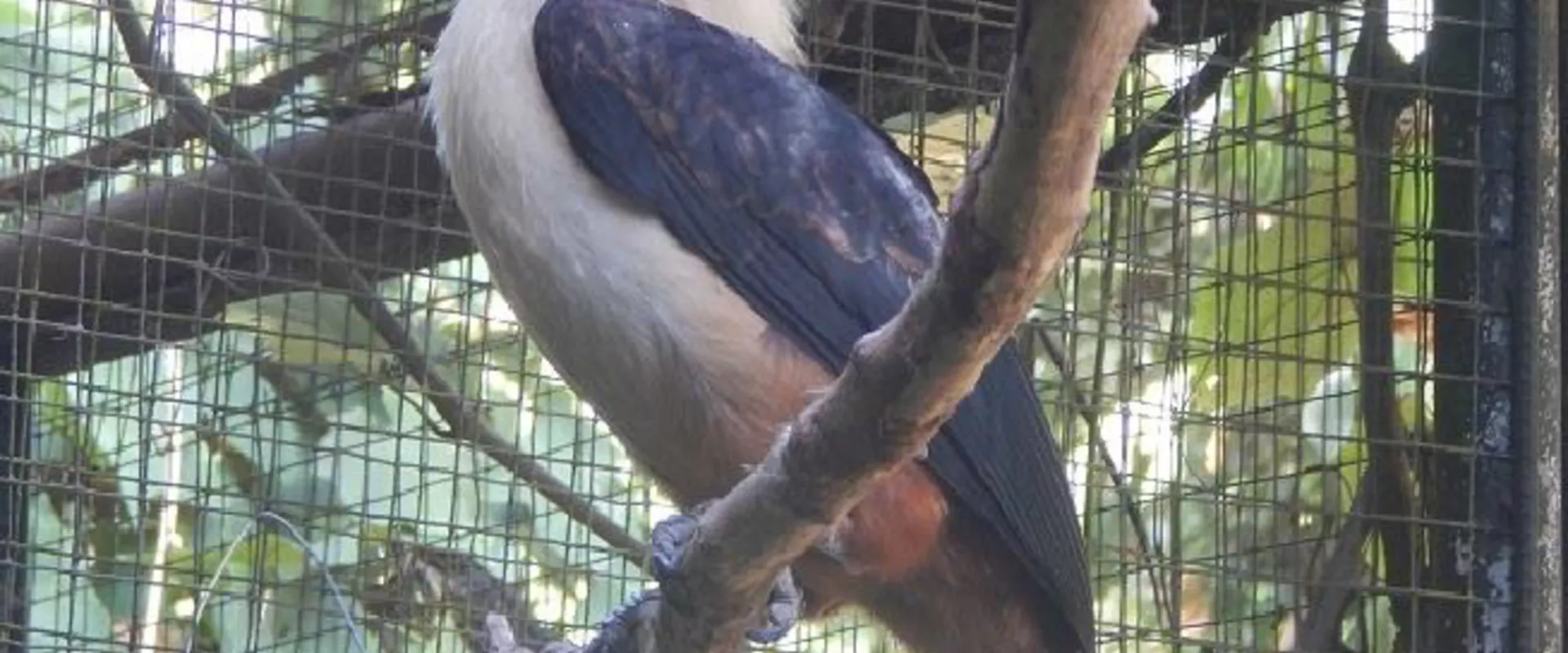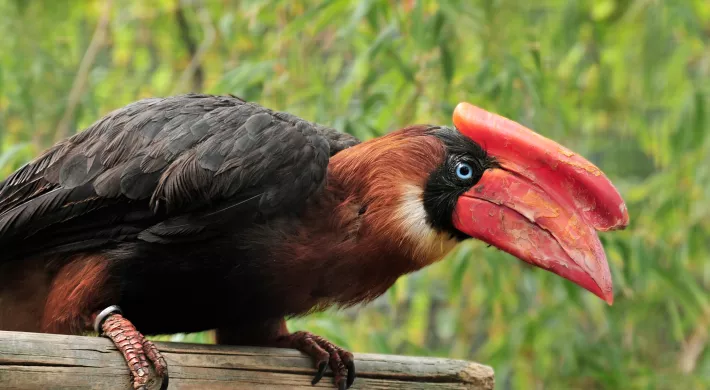Translating Science into Action: Planning Conservation for West Visayas, Philippines
The West Visayas region of the Philippines hosts a rich diversity of wildlife. Many of those species are found nowhere else in the world and have become endangered as the natural forest habitat areas on those islands have declined sharply by more than 90% over the past 100 years. I first started working directly in the West Visayas region in 2015, when I was awarded an international training grant from the World Association of Zoos & Aquariums (WAZA) to conduct a wildlife management training workshop for wildlife managers and veterinarians in the region. I have continued a close working relationship with conservation partner organizations there.
Of the many unique species of wildlife only found in this region, there are five species of greatest conservation significance, these being the Visayan warty pig (Critically Endangered), the Visayan spotted deer (Endangered), the Negros bleeding heart dove (Critically Endangered), the rufous headed hornbill (Critically Endangered) and the Visayan hornbill (Endangered). All five of these species have been the focus of ex situ conservation breeding programs through local universities. Conservation groups and many zoos around the world have supported this work over many years.
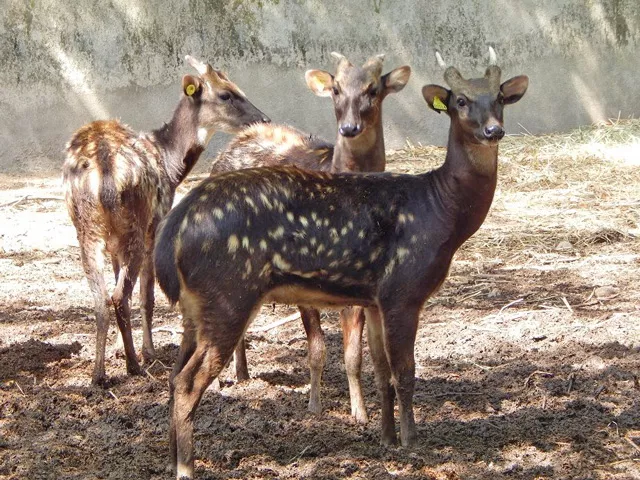
Visayan spotted deer
In addition, there has a been a strong focus on conservation education and local awareness of threatened wildlife over the past decade through active education outreach programs and the regional celebration of ‘Wildlife Month.’ Wildlife Month is celebrated each year through a series of events including a regional wildlife quiz bowl, exhibitions and photography competitions, green initiatives, forest treks and shorebird counts for school groups, and a wildlife cultural performance completion for high schools that draws national attention each year.
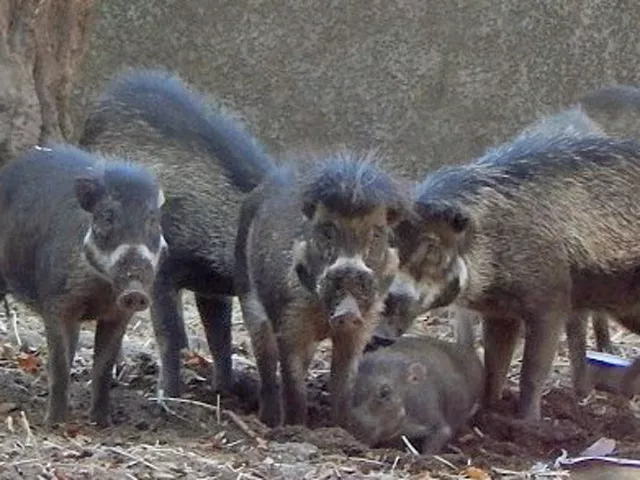
Visayan warty pig group
Despite the many positive steps that have been taken with field research, conservation breeding, ex situ management and conservation education, many people working with wildlife projects in the region felt it was time to bring everyone involved together for an integrated and inclusive conservation planning process. The goal of the process was to focus our resources on the most important steps needed in the next 10 years of conservation work for the West Visayas region. In June 2019, a large stakeholder inclusive workshop was held in the city of Bacolod, Negros Occidental, bringing together wildlife biologists, zoo specialists, local government units, local landowners, community representatives, university researchers, educators and many other participants to plan the future of wildlife conservation actions for these five species over the next 10 years. Over four working days the group assembled all available current information for these species and identified knowledge gaps. We carefully mapped out all known current threats to their populations, and brainstormed a wide variety of possible mitigation strategies. Each potential mitigation strategy was then assessed to see if it could be effective and implemented in a way that could be measured, evaluated and would likely be achievable. We then compared all the various activities to begin to prioritize which of these would be most impactful, and started to assemble a timeline for when each of the highest priority steps should be implemented. At the end of the workshop a clear series of conservation goals, objectives and action steps were identified for each of the five focus species.
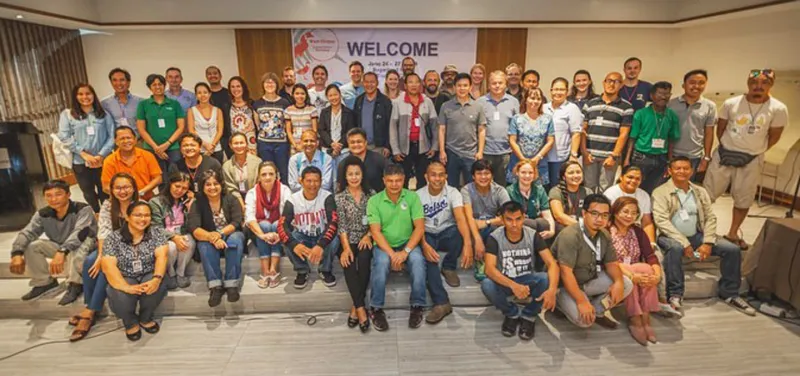
Group photo of West Visayas Endemic Wildlife Conservation Planning Workshop participants
Currently the action plan is undergoing final editing and once complete, should help guide selecting priorities for the most urgent conservation actions to be taken, as well as guide funding raising objectives and targets.
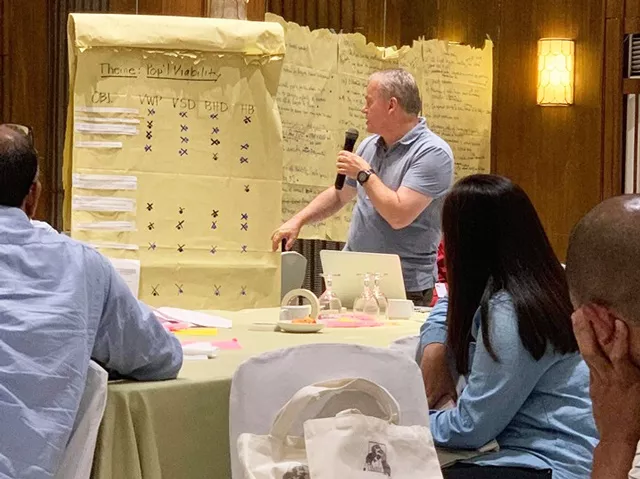
Roger Sweeney reviewing ex situ management at a workshop
The North Carolina Zoo will be working closely on implementing conservation work for the two endemic hornbill species in the West Visayas region, this work falls within our broader program of conservation work with Asian hornbills. The North Carolina Zoo recently initiated, and will be leading, a new Asian Hornbill SAFE Program within the Association of Zoos & Aquariums (AZA) community. This will be the third AZA SAFE Program that has been initiated and led by North Carolina Zoo, and I look forward to reporting on progress with the new SAFE program, as well as future fieldwork with Philippine hornbills in future blogs.
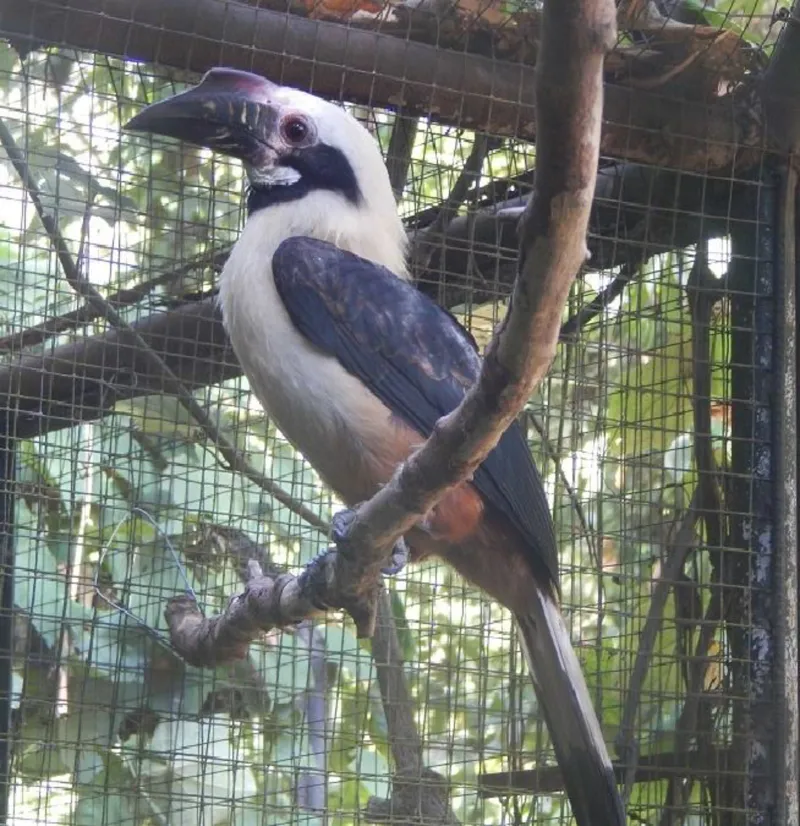
Visayan hornbill

